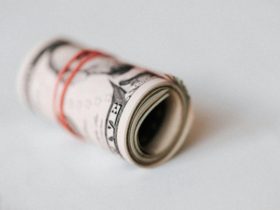In the Czech Republic, shoppers are navigating a complex maze of discounts and pricing strategies that leave many wondering about the true cost of goods. Supermarkets with billion-crown profits are employing tactics that blur the lines between genuine discounts and clever marketing ploys.
The issue lies in the presentation of these “discounts.” Bright colours and eye-catching percentage reductions create the illusion of savings, but often these are not true discounts as defined by law. The Ministry of Industry and Trade acknowledges that many advertised discounts are merely comparisons to previous prices rather than actual price advantages.
While regulations exist requiring discounts to be based on the lowest price in the past 30 days, retailers find ways to circumvent these rules. The result is a marketplace flooded with promotional signs and colourful price tags that may actually indicate price increases rather than reductions.
Loyalty programs further complicate the situation, creating a scenario where few Czech consumers truly know the real price of goods. Items can be offered at a third of their usual price one day, only to triple in cost the next. This contrasts sharply with countries like Germany and France, where stricter regulations lead to more stable and transparent pricing.
Despite politicians agreeing that action is needed, concrete steps towards legislative changes are lacking. The Czech Trade Inspection Authority has the power to impose fines up to 5 million crowns, but these penalties are rarely maximized and seem to have little deterrent effect on large retail chains.
As the debate continues, some suggest that consumer education could be part of the solution. If shoppers learn to recognize false discounts and make rational purchasing decisions, retailers may be compelled to change their tactics. Until then, the Czech retail landscape remains a jungle of confusing prices and elusive bargains.





